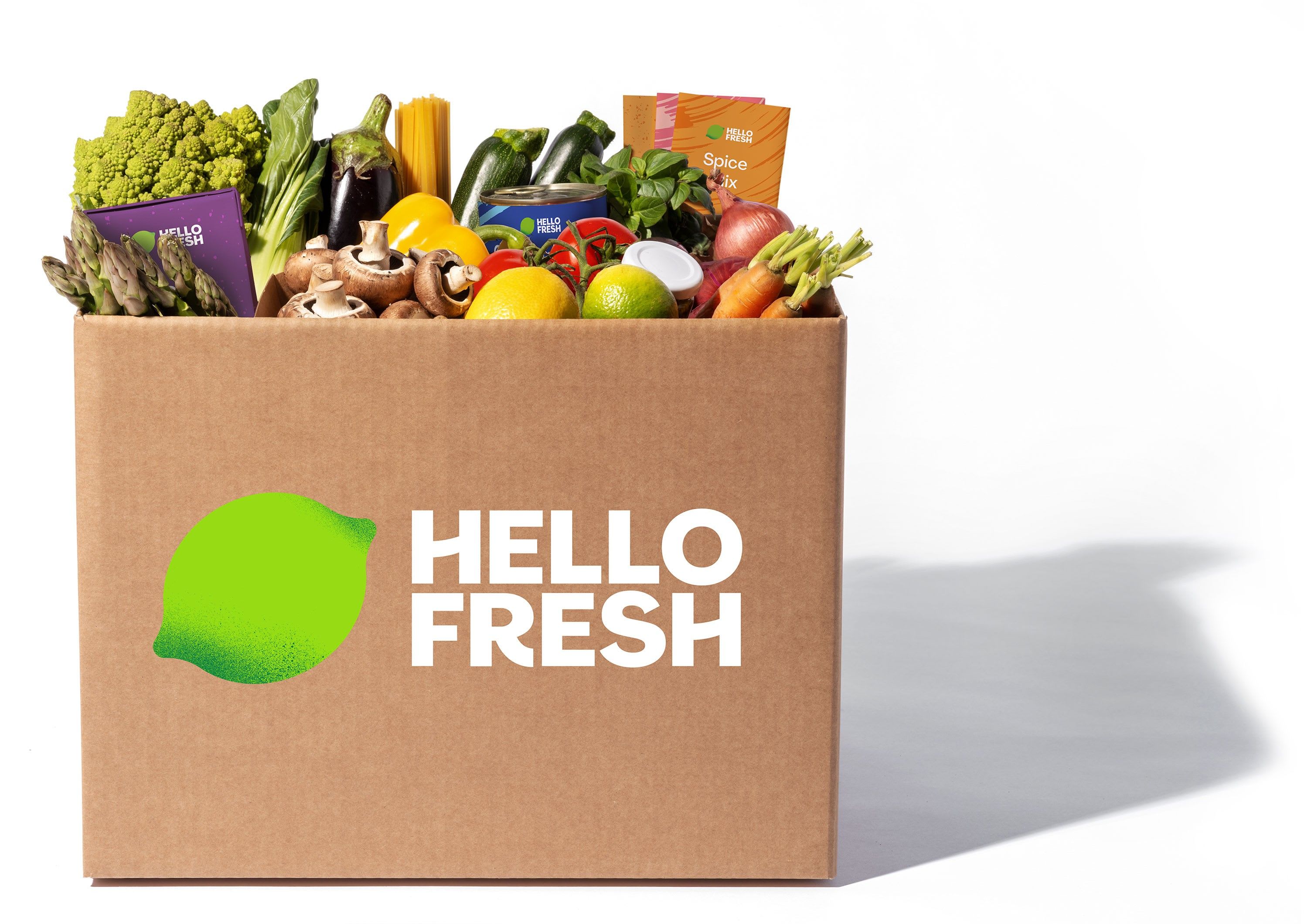An Observational Study on Truffles: Varieties, Products, Market, and C…
페이지 정보

본문
An Observational Study on Truffles: Varieties, Products, Market, and Culinary Uses
Introduction
Truffles, the subterranean fungi belonging to the genus Tuber, are among the most coveted culinary delicacies worldwide. Known for their intense aroma and unique flavor, truffles are classified into several varieties, including white truffle (Tuber magnatum), black truffle (Tuber melanosporum), summer truffle (Tuber aestivum), winter truffle (Tuber brumale), and burgundy truffle (Tuber uncinatum). This observational research explores the diverse types of truffles, their commercial products, market dynamics, and culinary applications.
Truffle Varieties and Characteristics
White Truffle (Tuber magnatum): Primarily found in Italy, especially in Alba, this variety is renowned for its pungent aroma and is often consumed fresh. Its high demand results in premium pricing, with Alba white truffles fetching thousands per kilogram.
Black Truffle (Tuber melanosporum): Also known as the Perigord truffle, it thrives in France and Spain. Its earthy, nutty flavor makes it a staple in gourmet cuisine.
Summer Truffle (Tuber aestivum): Milder in aroma, it is more affordable and widely used in cooking.
Burgundy Truffle (Tuber uncinatum): Similar to summer truffles but with a stronger flavor, harvested in autumn.
Bianchetto Truffle (Tuber borchii): A less expensive alternative to white truffles, with a garlicky scent.

Commercial Truffle Products
Truffles are processed into various forms to extend shelf life and enhance accessibility:
Frozen Truffles: Preserve freshness for months; Frozen Summer Truffle black and white truffles are popular among chefs.
Dried/Dehydrated Truffles: Concentrated flavor, used in sauces and seasonings.
Truffle Slices/Minced Truffle: Convenient for garnishing dishes like pasta and risotto.
Truffle-Infused Products: Truffle oil, butter, salt, and honey are widely used for their aromatic properties.
Tartufata and Truffle Carpaccio: Ready-to-use condiments and thinly sliced truffles for gourmet plating.
Truffle Market Dynamics
The truffle market operates on a wholesale and retail basis, with distributors supplying fresh, frozen, or dried truffles globally. Prices fluctuate seasonally:
White Truffle: €2,000–€5,000/kg, depending on quality and harvest yield.
Black Truffle: €800–€1,500/kg.
Online Sales: Platforms facilitate truffle delivery, offering fresh, frozen, or dried options. Wholesale buyers often seek bulk purchases for restaurants and retailers.
Culinary Applications
Truffles elevate dishes with their umami-rich profile:
Truffle Pasta/Risotto: Shaved truffles or infused oils enhance these classics.
Truffle Butter/Sauce: Used to finish steaks or vegetables.
Cooking with Dried Truffles: Rehydrated for soups and stews.
Minced Black Truffle: Ideal for blending into compound butters or stuffings.
Truffle Hunting and Dog Training
Traditionally, pigs were used to locate truffles, but dogs are now preferred for their trainability. Truffle dog training kits, often incorporating truffle scent, are employed to teach canines to identify ripe truffles. While truffle oil is generally safe for dogs, it should be used sparingly in training.
Storage and Shelf Life
Fresh truffles last up to two weeks when stored in airtight containers with rice. Freezing or dehydrating extends usability, while freeze-dried truffles retain flavor for months. Proper storage is critical to prevent aroma loss.
Conclusion
Truffles remain a symbol of luxury in gastronomy, with their varieties, products, and market dynamics reflecting their global appeal. From Alba’s white truffles to Perigord’s black truffles, their versatility in cooking and unique aroma continue to captivate chefs and food enthusiasts alike. As demand grows, innovations in preservation and distribution ensure truffles remain accessible beyond their seasonal peaks.
- 이전글Ufabet: Enjoy Thrilling Gambling Establishment Games in Thailand 25.11.17
- 다음글Hearing Supplement For Dollars 25.11.17
댓글목록
등록된 댓글이 없습니다.
